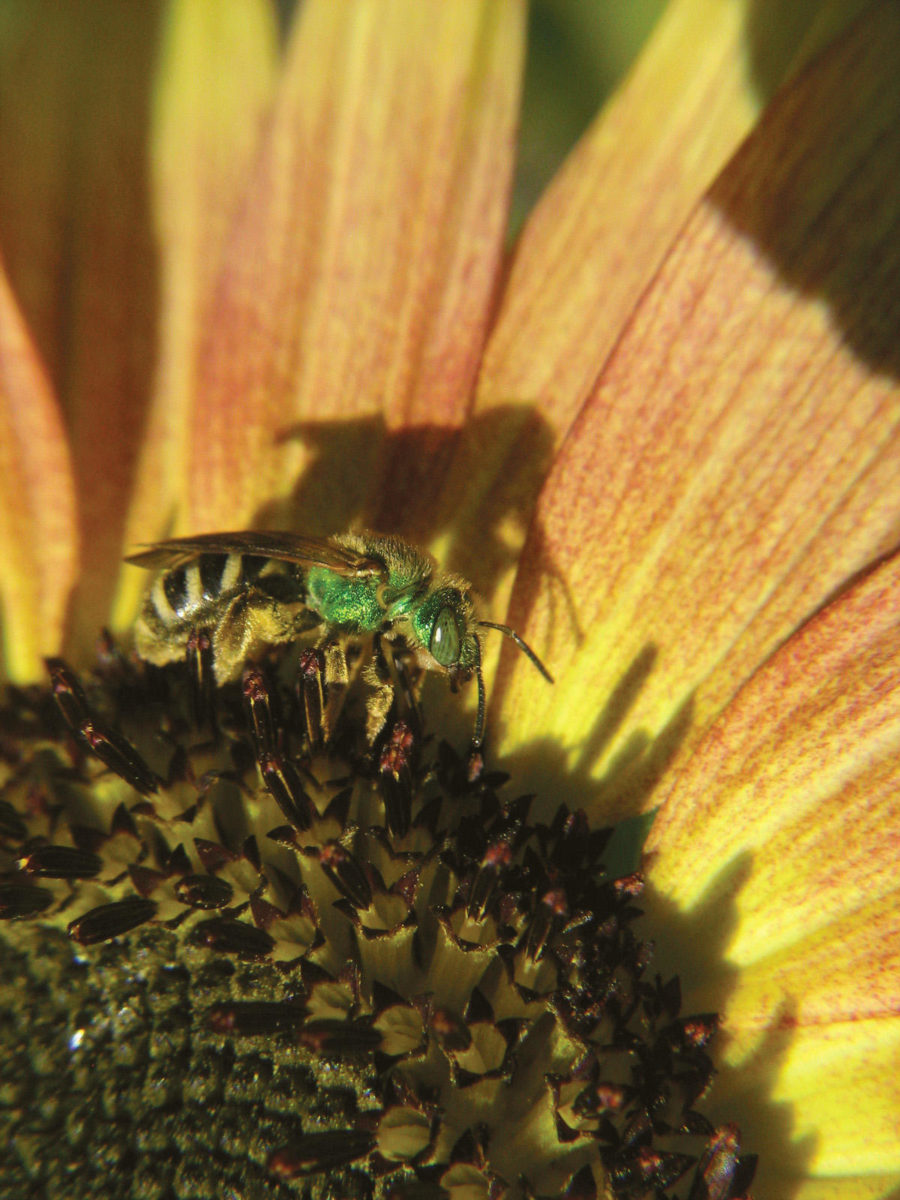
Eric Mader, Pollinator Outreach Coordinator, the Xerces Society for Invertebrate Conservation
Despite the variety of choices currently available, the search for new managed pollinators goes on. Specialty crops often require specialty pollinators, and local conditions often require locally sourced pollinator species. While wild pollinator conservation is a key component to sustainability, managed pollinators will remain necessary wherever large-scale monoculture cropping occurs.
The selection and isolation of these new pollinators from currently wild species should be pursued with caution and controlled enthusiasm. Paramount in the process should be the ongoing well-being of wild populations. When they are managed in unnaturally large numbers, parasites and diseases are inevitable. Care should be taken to limit their spread. Similarly, the introduction of new managed pollinators should be conducted with careful deliberation and in a process that involves both agricultural and ecological expertise.
In a search for new manageable pollinator species, bees will inevitably remain the most profitable, especially the cavity-nesting species, for which there are already several model systems. Development of techniques for management of ground-nesting bees— which constitute the vast majority of all species— remains an area ripe for exploration (Figure 9.1).
